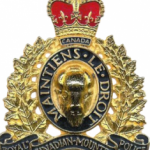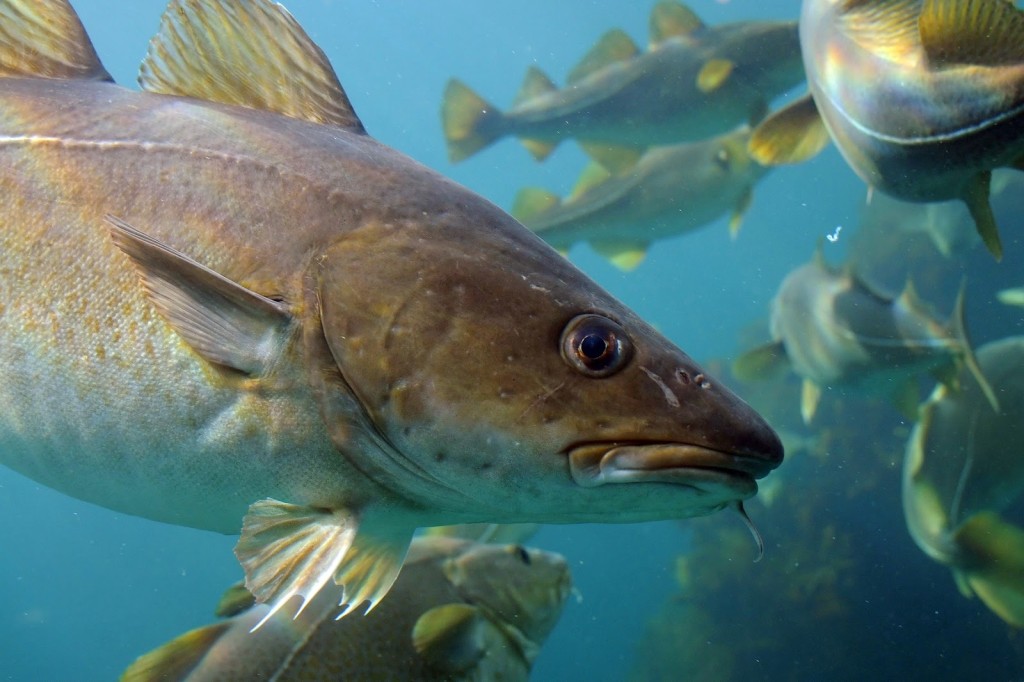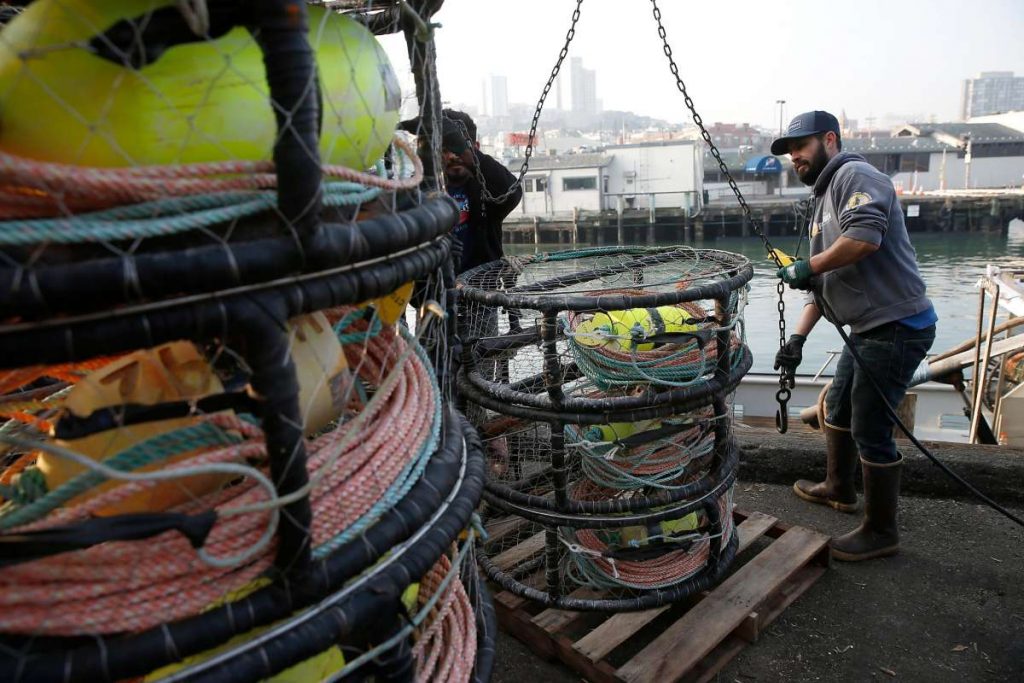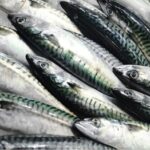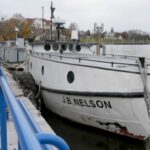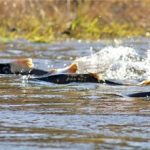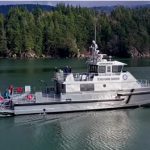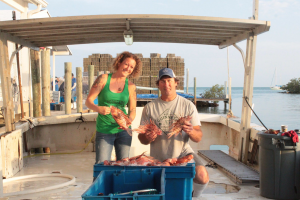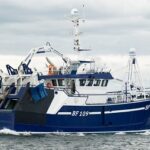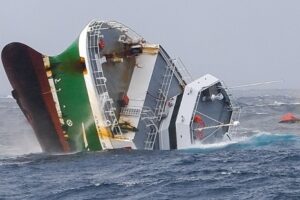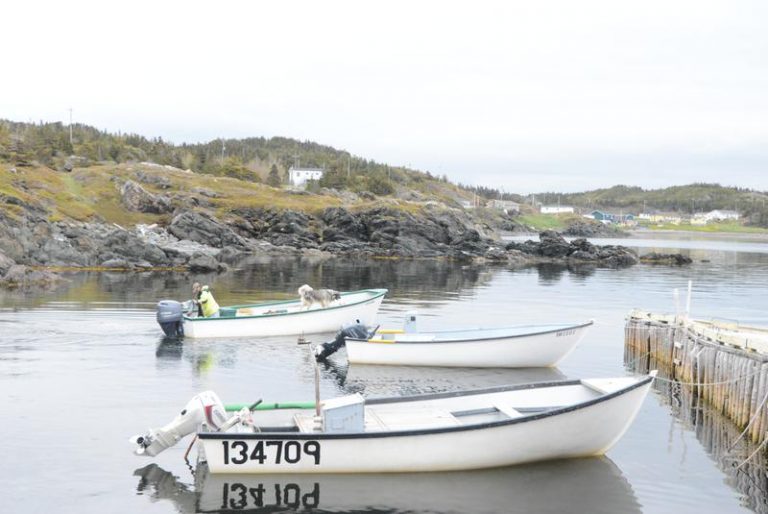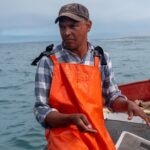Tag Archives: trawl-survey
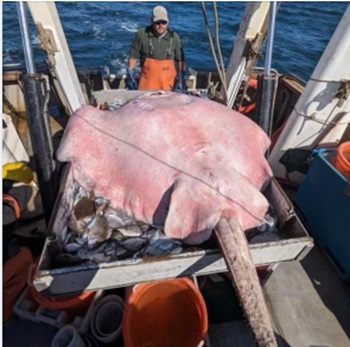
Connecticut fishermen catch a massive 400-pound Stingray
I don’t know about you, but in my world, stingrays aren’t 400 pounds. In the real world so to speak, it’s just as uncommon for your basic ray, too, so this catch in the Long Island Sound off the Connecticut coast is about as rare as you can get. Truly a ‘whoa’ moment. Our Long Island Sound Trawl Survey crew never knows what they might see on a given day out on the Sound – yesterday was a stand-out example. First, the crew trawled up a HUGE roughtail stingray (Bathytosia centroura): over 6 ft. long, 5 ft. wide, and an estimated 400 pounds! These gentle giants are found along the Atlantic coast from New England to Florida but are relatively rare in Long Island Sound. photos, >>click to read<< 07:30

New Regulations for Whelk and Horseshoe Crabs a Challenge for Commercial Fisheries
New state regulations intended to rebuild the whelk and horseshoe crab populations in the Long Island Sound could substantially limit the catches of local fisherman. Davis said that the department had done surveys trawling different areas of the Long Island Sound each year. Asked about the proposed regulations, Bob Guzzo, a commercial fisherman out of Stonington who catches whelk, said he thought the regulations were unnecessary, and that the department shouldn’t be involved in making them. He said that the whelks come and go in cycles. Guzzo said he believed the trawl surveys were inaccurate. >click to read< 14:16
CT DEEP Proposing New Rules For Lobster, Striped Bass, Others – The proposed regulatory changes are intended to address the “depleted state of these ecologically and economically important species in Long Island Sound,” according to DEEP officials. >click to read< 17:02
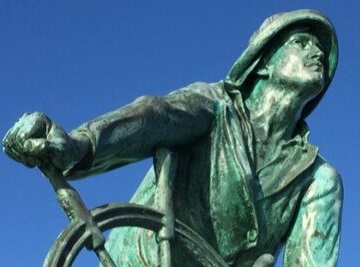
Finding Common Ground Off to a bad start
The opinion piece “Finding common ground on fisheries data”, reflects the biggest impediment to solving the problems it addresses – lots of false assumptions. First and foremost is blaming reductions in survey fish stocks on “overfishing”. Yes, overfishing did occur when massive, mostly foreign, commercial fishing operations scooped up fish stocks indiscriminately, often purging the bottom of everything needed to sustain acquatic life. But this was not done by the small boats of the New England fishing communities, which now, after thirty years of draconian restrictions, are no longer capable of catching enough fish to sustain their boats and their families — never mind “overfishing”. >click to read<, Capt. Salvatore “Sam” Novello, Gloucester, Mass. 08:30
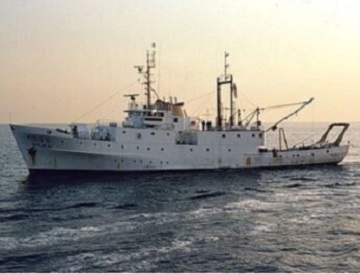
Groundfish Trawl Task Force – Finding common ground on fisheries data
Building consensus between commercial fishermen, conservationists and marine regulators is no easy task. But a long, patient effort led by Congressman Seth Moulton’s office seems to be making progress,,, For years, NOAA has relied on data from two research trawlers. The Albatross IV was used between 1963 and 2008, and the Bigelow since then. NOAA currently combines data from both vessels when making regulatory decisions. That is despite the often-flawed data supplied by the Albatross IV over the years. The Albatross IV was at the center of the “Trawlgate” controversy of the early 2000s, when NOAA scientists had to concede the trawler used the wrong nets, likely missing hundreds of thousands of fish. Yet regulators stood by that data to set low catch limits based on the admittedly flawed numbers. >click to read< 10:25
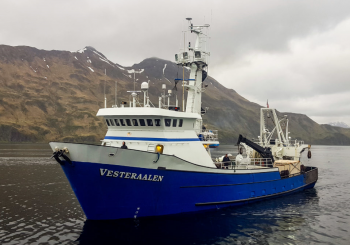
Trawl Survey Results Show Northern Bering Sea In Flux
Norton Sound Red King Crab are moving, Arctic cod numbers have dropped significantly, and Pacific cod are continuing to increase as the Northern Bering Sea ecosystem undergoes drastic change. That’s all according to preliminary results from NOAA Fisheries’ trawl survey this summer in the Northern Bering Sea (NBS). Audio, >click to read< 09:50
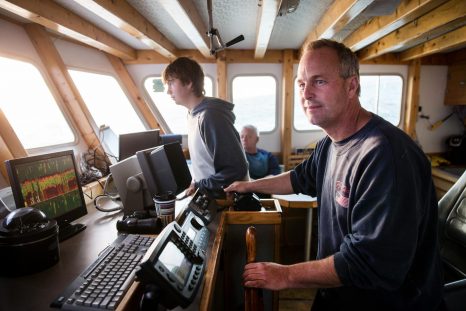
There are more fish in the sea – A high-tech battle for the future of the New England fishing industry
The high-tech battle for the future of the Massachusetts fishing industry is being waged aboard a western-rigged stern trawler named the Miss Emily. Onboard the commercial groundfish vessel, in addition to the satellite positioning system and other sophisticated tools that have become standard in the industry, are at least five computer monitors and a $14,000 fish-measuring board that has halved the time it takes to gauge the catch. State officials say it’s money well spent. Federal catch limits — caps on how many fish each boat can catch — have devastated the state’s most iconic commercial sector, fishermen say. In response to an outcry from the struggling local groundfishing industry, environmental officials are now using the Miss Emily to try to come up with a new — and, they say, more accurate — estimate of codfish in the Gulf of Maine. Under a survey launched last April, local fishermen hope new technology and an aggressive timetable will yield what they have concluded based on their own anecdotal evidence: There are more fish in the sea. Read the story here 09:59
Unalaska joins emergency petition on tanner crab
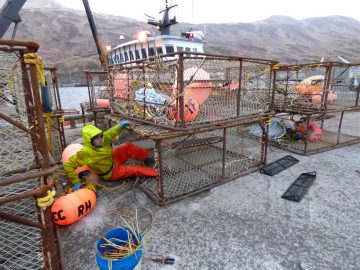 This season, the unpredictable tanner crab population isn’t looking so good for Aleutian fishermen. That’s what the state’s trawl survey indicated this summer. But the City of Unalaska has joined an emergency petition urging the Alaska Board of Fisheries to take another look. At a City Council meeting last week, Frank Kelty explained the survey showed low numbers for female tanners. That’s led the Alaska Department of Fish and Game to consider serious conservation measures. “The whole fishery could be shut down,” Kelty said. But the problem isn’t affecting the whole fishery. Kelty said data indicates the eastern tanner stock is struggling with low female biomass, but not the western stock. Read the rest here 10:47
This season, the unpredictable tanner crab population isn’t looking so good for Aleutian fishermen. That’s what the state’s trawl survey indicated this summer. But the City of Unalaska has joined an emergency petition urging the Alaska Board of Fisheries to take another look. At a City Council meeting last week, Frank Kelty explained the survey showed low numbers for female tanners. That’s led the Alaska Department of Fish and Game to consider serious conservation measures. “The whole fishery could be shut down,” Kelty said. But the problem isn’t affecting the whole fishery. Kelty said data indicates the eastern tanner stock is struggling with low female biomass, but not the western stock. Read the rest here 10:47
Maine Department of Marine Resources gets $256 Thousand for trawl survey from NOAA
 The survey gathers important data on the groundfish and lobster populations in near shore waters in the Gulf of Maine from the Massachusetts coast to the Canadian border. The Maine-New Hampshire Inshore Trawl Survey is a collaborative research project among DMR, the New Hampshire Fish and Game Department and commercial fishermen. Surveys are conducted twice a year, in the spring and fall, using a commercial fishing vessel. Read the rest here 13:28
The survey gathers important data on the groundfish and lobster populations in near shore waters in the Gulf of Maine from the Massachusetts coast to the Canadian border. The Maine-New Hampshire Inshore Trawl Survey is a collaborative research project among DMR, the New Hampshire Fish and Game Department and commercial fishermen. Surveys are conducted twice a year, in the spring and fall, using a commercial fishing vessel. Read the rest here 13:28
“One Square Mile.” Narragansett Bay: Trawling bay becoming more dire, say fishermen, scientists
To begin the discussion, Espinoza posed a series of questions to the panelists, seeking input on what it was like fishing in the bay in previous decades. She also wanted to know how commercial fishermen are adapting in order to stay in business. Captain Denny Ingram is a commercial lobsterman from Warren who has been fishing for 35 years. He recalled his childhood in the upper bay, collecting rockweed to sell for a dollar a bag in the late 1960s. Read the rest here 19:25

































